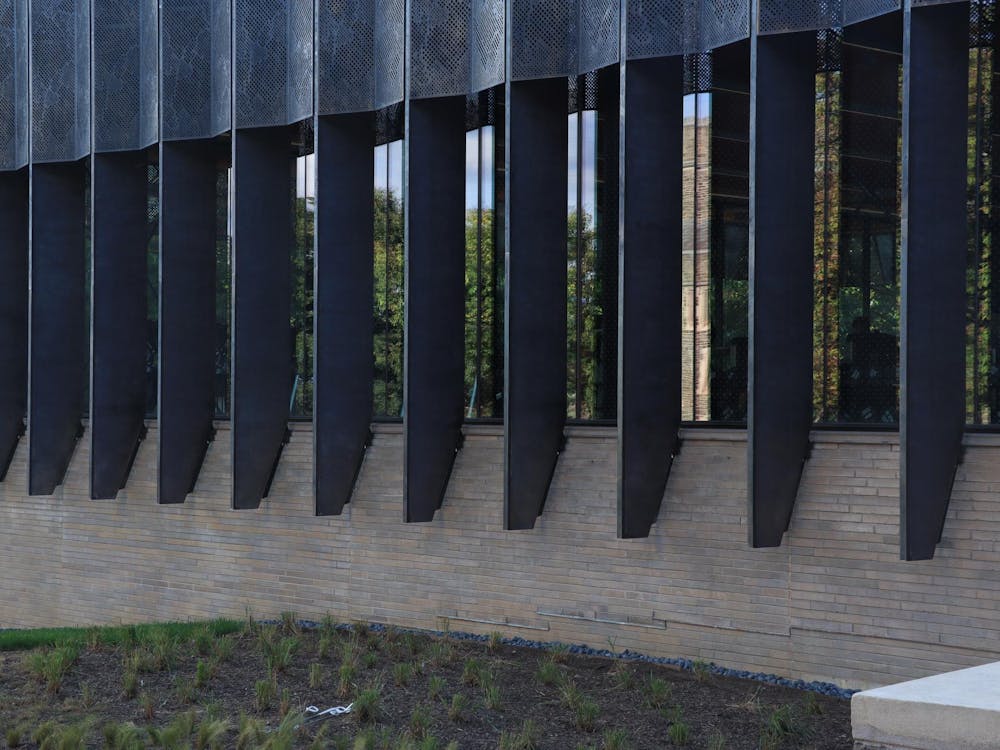As soon as I told our airport taxi driver the name of the street I would be living on for the next four weeks — “Rua Sá Ferreira,” I said, the unfamiliar whooshy h-like rr’s of Portuguese tumbling gracelessly out of my mouth — he nodded. “Ah, I know where that is,” he said. “In Copacabana.”
On our way there, the driver pointed as we passed to the Sambódromo, where Rio’s famous Carnival parades take place every year; the Estádio do Maracanã, where Rio’s World Cup games had been played the summer before; and Lagoa Rodrigo de Freitas, the lagoon in the middle of the city whose curves we followed as our car thrummed toward our destination. I was surprised when we arrived at Sá Ferreira to see that it was lined with tall, well-maintained apartment buildings — from the way the taxi driver had recognized it instantly, I would’ve thought it was a bustling street in the middle of the metropolis.
After the guard sitting in the lobby buzzed me through the gate — virtually all the buildings on Sá Ferreira had gates, and watchful guards sitting behind desks — he helped me roll my suitcases into the elevator and sent me up to the sixth floor. In apartment 604, two silent cats greeted me at the door, tails curled around their feet. I would later find out that the white one’s name was Frank (for Frank Sinatra, whose blue eyes he shared), and the orange-striped one’s name was Fubar. Their owner, my host mother, was Lalá.
Within a few days, I was comfortable enough to leave the building and explore the surrounding area accompanied by just one other Princeton in Brazil student. The asymmetrical white mosaic tile of the street was broken by square patches of dirt, out of which solitary trees grew. They were tall. The occasional fruit would fall down and land splat on the sidewalk; once, other students in our group who also lived on Sá Ferreira told us they saw a fish hurtle down from above, probably launched by a mischievous tree-dwelling monkey.
On one end of the street was a dead-end bend to the left and an entrance to the General Osório metro station. We rode the escalator down into its depths on free Thursday afternoons, on Friday nights, on Sunday mornings, and took the metro to tourist places; to leafy, grassy outside places; to light-soaked, art-filled places; to dark, loud, people-filled places.
On the other end, the street extended for two, three more blocks until it hit Copacabana Beach. Sometimes we walked to the beach at night, shoulders tightening as we walked past the bulky bodies of the gun-slung police officers who stood on either side of an entrance to the favela next to Copacabana. As we waited for the light to change at that corner, we would look up at the squat houses brimming over the edges of streets cut into the hills surrounding the heart of Rio and wonder at the tricks of fate that had put us (Asian, white, Latino — but American) down here and them (“them”) up there.
At the beach, the nondescript white mosaic tiles of the floor morphed into black and white tile waves, one of many things for which Copacabana Beach is famous. Beyond the tiled walkways, there was sand, and then there was sea.
At the end of June, in the taxi on our way back to the airport, I noticed I was feeling a strange, unexpected ache. Four weeks wasn’t supposed to be enough to fall in love, but here I was, the stone in my stomach swelling heavier the farther we got from Rua Sá Ferreira. We passed Lagoa Rodrigo de Freitas, whose still waters I had finally seen up close for the first time in our last week; the Estádio do Maracanã, where a group of us had swayed along with the roaring crowd at a soccer game; and the Sambódromo, where my host mother Lalá, now, at 70, past her competitive samba years, had once danced every year with her samba school.

“I’ll be back,” I’d told new friends before hugging them goodbye. “I’ll be back,” I told my companion in the taxi, the now-friend with whom I’d shared the ride from the airport. “I’ll be back,” I repeated to myself, silently. How could I not? Portuguese h-like rr’s were finally starting to roll off my tongue more naturally.








